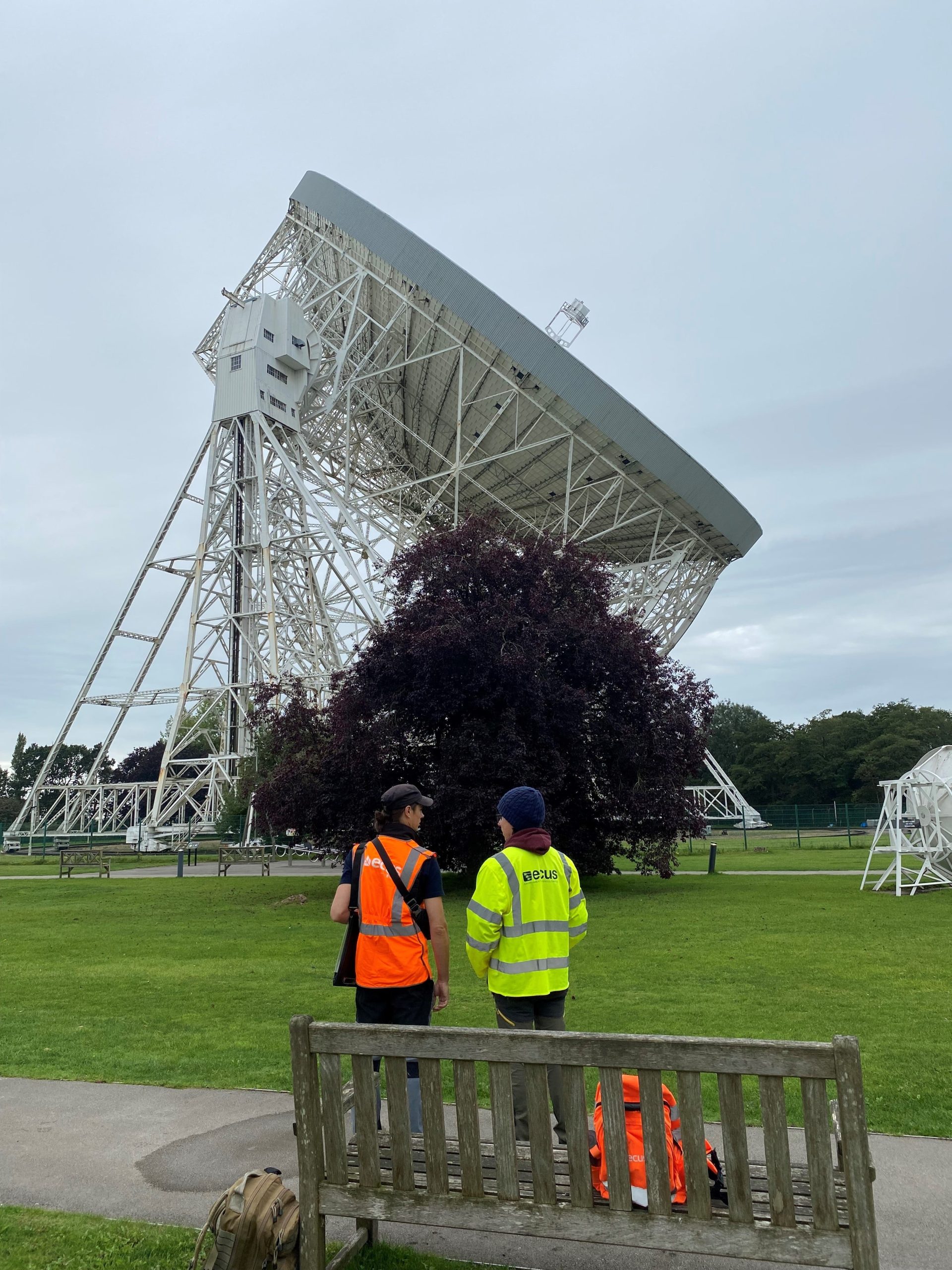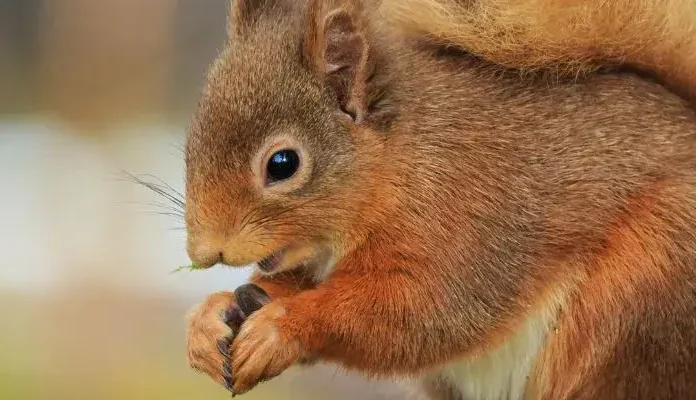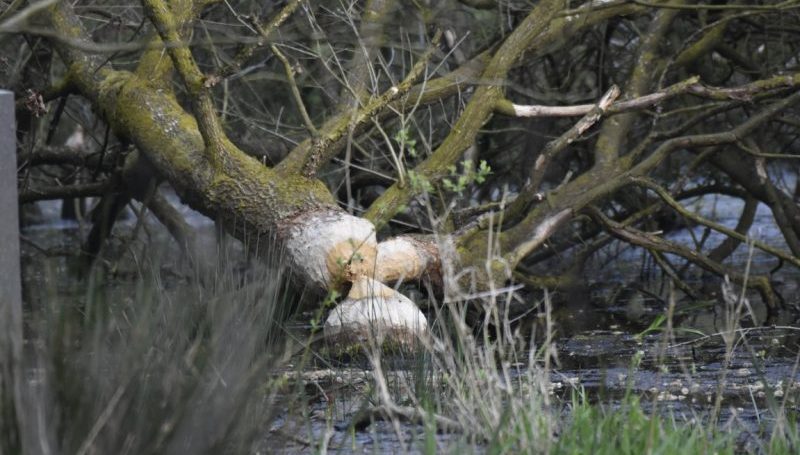As part of the University’s sustainability priorities and zero-carbon targets, our ecologists travelled to all of the city centre sites using public transport.
We carried out Biodiversity Baseline Surveys, in-depth Biodiversity Net Gain Assessments (BNGA), and Preliminary Ecological Appraisals (PEAs) with regards to protected and notable species and habitats. The surveys included an assessment of the suitability of habitats to support protected and notable species including amphibians, badgers, bats, birds ,and reptiles etc. We inspected trees for evidence of bats, and ponds were assessed for suitability to support notable and protected species such as great crested newts. Valuable areas for biodiversity were mapped and evidence of any invasive species were recorded. The data we collected was evaluated and interpreted in its entirety, and appropriate biodiversity enhancement and creation recommendations were developed.
Biodiversity enhancements included the creation or enhancement of areas of greenspace and suitable habitat, along with other relevant measures such as bird and bat box provision on suitable buildings and trees at appropriate locations.
We covered five sites across the University of Manchester campus within the city centre (including the Main Campus) and one site outside of Greater Manchester – the iconic Jodrell Bank, home to the world famous Lovell Telescope. The sites differed in size and complexity, and there was a mixture of semi-natural habitats and built structures.
Jodrell Bank Observatory was established in 1945 and is a UNESCO World Heritage site. Its visitors’ centre is set in an arboretum, so the site is of great ecological importance.

Due to the location of our Manchester office, our ecologists were able access all of the Manchester city centre sites by public transport. This meant we minimised the environmental impact of this project and we provided a comparative calculation to quantify the CO₂ saved by using public transport. Our team saved 34 kg of CO2 by using public transport rather than driving to site. This important aspect of the project aligned with the City of Manchester’s decarbonisation pathway and 2038 target for zero carbon, which also forms part of the University of Manchester’s Strategic plan to reduce pollution, maintain biodiversity, and address climate change.




